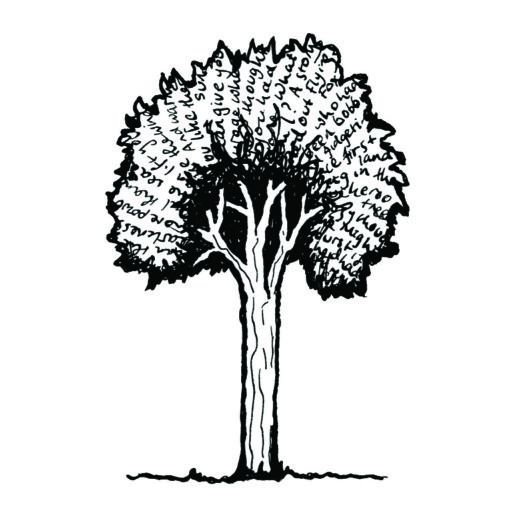
I love drawing with ink for many reasons (see note below for more details). But the disposable nature of many ink pens has never felt good to me. I enjoy drawing with dip pens, but their nibs have to be cleaned and replaced frequently, and they are cumbersome to use in the field. Most fountain pens are designed for writing, use disposable cartridges, and come supplied with water-soluble ink which is no good for combining an ink line with a watercolour wash (because the ink runs when you add water). When I checked out the fountain pens designed for sketching (in the fancy pen shop in the Brisbane arcade) I was rather staggered by their price tags, and put my fancy pen dreams on hold for a bit (til I sold a lot more books and cards!). So I was very thrilled to recently hear about a more affordable fountain pen for sketching that can be used with waterproof ink and doesn’t need throw-away cartridges.
“Woohoo! This could change my life,” I thought.
And it did!

Allow me to introduce the TWSBI Eco pen, and some of the fun stuff we’ve been doing together…

TWSBI eco pens are made in Taiwan, and instead of a plastic disposable cartridge they use a piston-pump action for drawing the ink up into the pen through the nib. They come in a range of nib sizes:

They also come in a range of colours:

If you want to use these pens for combining an ink line with a wet colour wash (i.e. watercolour paints or watercolour pencils) it’s important to use waterproof ink such as De Atramentis document ink. If you live in Australia you can order both the TWSBI eco pens and the De Atramentis ink from the Larry Post online store.
De Atramentis ink comes in a range of colours:

And it’s been interesting to explore how these can be used for nature journaling:


Grey ink can be used for linework to create a softer line:

A combination of grey ink and black ink can also be used to record lots of subtle details (grey ink) while emphasizing darker shadows (black ink):

Why I love drawing with ink: When I began drawing with ink (without first making a pencil drawing that could be rubbed out) I was forced to accept my ‘mistakes’. This made me less critical of my drawing and encouraged me to use a looser style of sketching. It also allowed more time for drawing, because I was spending no time rubbing out and starting over again. I also love how an ink line and shading can be combined with colour washes of watercolour paints or pencils. So when I am sketching out in nature, an ink pen is my favorite drawing tool.
Do you want to improve your drawing skills? Then I dare you to try drawing with ink. As with any art exploration, I suggest you start experimenting with simple, cheap materials (i.e. a disposable ink fineliner), to first see if you like it, before investing in more expensive art materials.
But be warned. If you get hooked like me, you might end up with a fountain pen as one of your best friends… which might lead to a few more… and then some different-coloured inks… A whole new exciting world of journaling awaits!


Thanks for your informative article. Just wondered what size nib you recommend for the fountain pen for nature sketching.
Thanks Lorraine, it really depends on your own personal preference. I find myself using the extra fine and the fine sizes the most, while the broad is great for filling in the darks. Perhaps if you only buy one, start out with the fine.
Hi Paula. I bought a TWSBI Diamond after seeing your recent interview with Marley Peifer and I’m very happy with it. The Diamond is more expensive than the Eco but it fits well in my big fist. I will get some different colour De Atramentis inks after seeing your illustrations here.
Hey Peter that’s great to hear. Be warned that the ink can dry up in the pen if you don’t use it for an extended period – I find this a good incentive to keep drawing regularly!